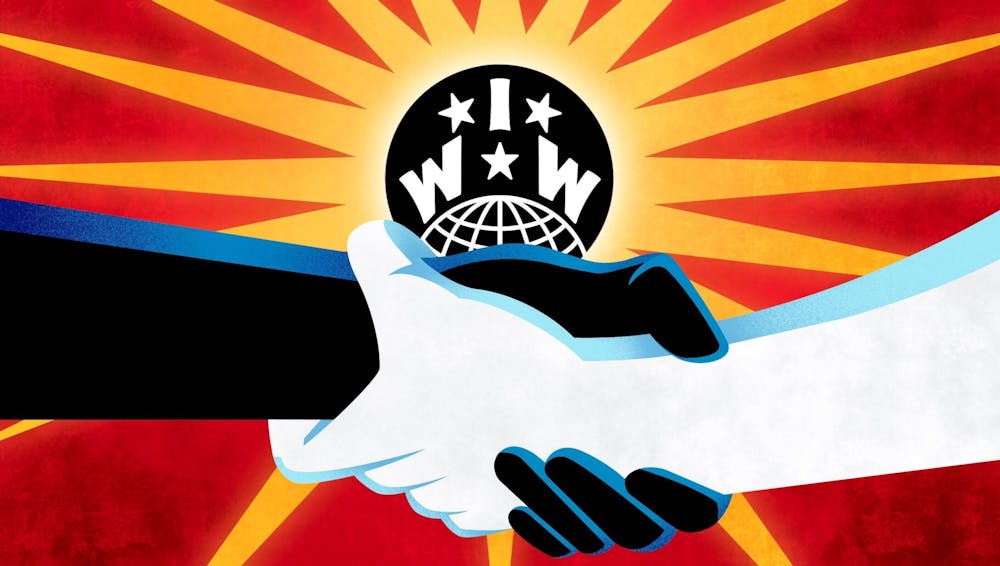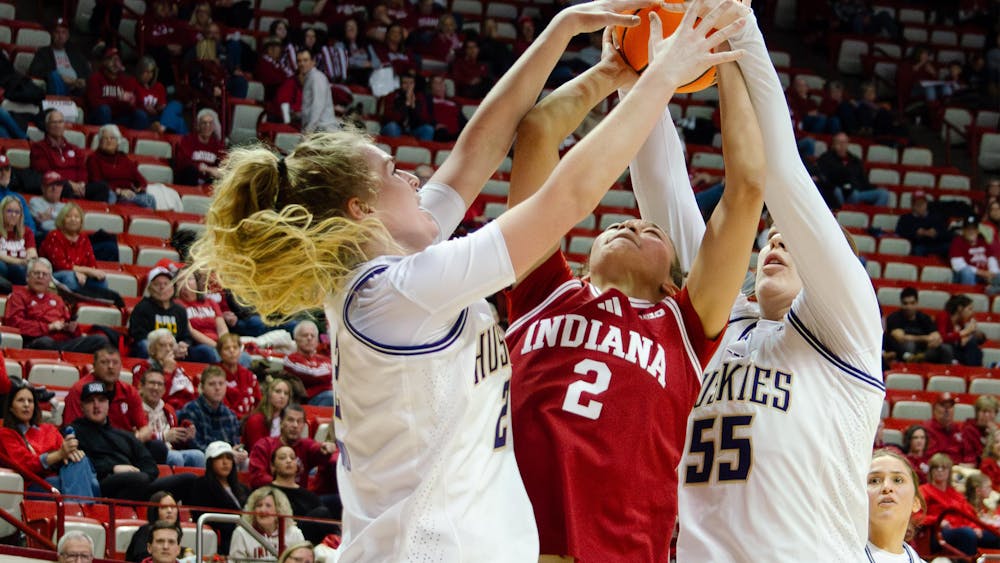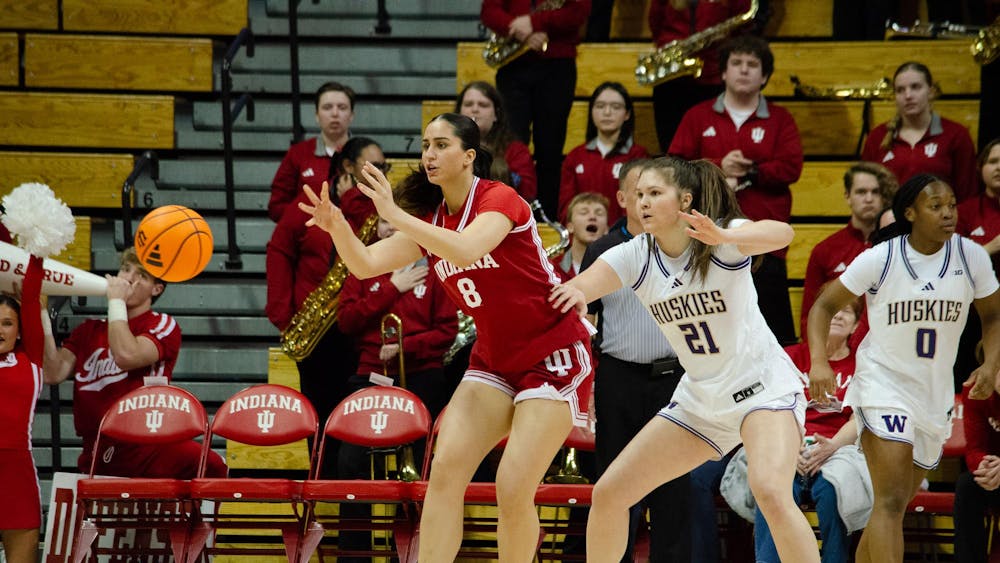COVID-19 continues to expose the inequities bolstering the foundations of American society.
Black and Latino workers disproportionately account for both those laid off during the pandemic and those exposed to the virus as essential workers. Likewise, the gender wage gap has widened, and economists project it will take more than 10 years to return to pre-pandemic levels.
These long standing disparities require a reckoning, and the revitalization of the United States’ labor movement can provide it.
The true power of an organized labor movement comes from its leverage over capital. To really force the decision-makers of this country to listen, you have to threaten their bottom line. Unions have used that power to fight for issues outside of their workplace, such as when protesting war or demanding climate action. On Juneteenth of this year, the International Longshore and Warehouse Union shut down all major ports on the West Coast in support of the Black Lives Matter movement, resulting in millions of dollars in lost revenue.
A union is simply a group of workers that have realized their own power. Unions recognize they are the ones generating wealth for a company, and together, they negotiate for better pay, conditions and benefits. In some cases, workers do away with the salaried management or corporate bureaucracy above them and run the company themselves.
America’s labor movement appears to be approaching a powerful inflection point. Support for labor unions is at a 50-year high, and interest in grassroots organizing is only becoming more widespread. We are once again witnessing the merits of direct action to inspire and accelerate change.
Historically, unions excluded anyone who wasn’t white and male, undermining their own power and contributing to today’s weakened labor unions. The exceptions to this rule, though, built broad coalitions that provide a framework for the future of the labor movement. The rich and powerful found nothing more terrifying.
There is no better indicator of the need for more organized labor than wealth and income inequality. The bottom 50% of Americans control only 1% of wealth. White Americans hold an astounding 85%. All Americans under 40 years old have a mere 7%. The income share of the bottom 90%, now at less than 15%, directly correlates with the demise of labor unions.
In order to build a labor movement that can hold power to account, we must look to successful models of the past.
The Industrial Workers of the World was founded in 1905 in Chicago. It stood committed to establishing a worker-led union dedicated to direct action and workplace democracy. Unlike other unions of its time, the IWW organized minority, women and children workers, also including them in its leadership. The IWW’s guiding principle, “An injury to one is an injury to all,” reflects that belief.
“We maintain a space that is anti-racist, is anti-sexist and anti-xenophobic,” said E.J. Goldman, a current member of the IWW Maple City General Membership Branch. “We do maintain that space in our organizing as best as we possibly can. I will never say we’re perfect though.”
One of the IWW’s founders Lucy Parsons, a Black woman, dedicated more than 60 years of her life to fighting for the working class through her journalism and nationwide activism. Unsurprisingly, she was met with police violence, state surveillance and several arrests. In the 1920s, the Chicago Police Department described her as “more dangerous than a thousand rioters.”
“We, the women of this country, have no ballot even if we wished to use it, but we have our labor,” Parsons said at the IWW founding convention. “Wherever wages are to be reduced, the capitalist class uses women to reduce them.”
Fred Hampton, the famous Black Panther Party organizer and founder of the Rainbow Coalition, also recognized the power of solidarity and an intersectional lens to inspire change. The Rainbow Coalition brought together Blacks, Latinos and poor whites to fight class and race-based oppression. It led community support initiatives and mutual aid networks but was kneecapped when CPD and the FBI assassinated Hampton while he slept.
As we fight racism, sexism and all other forms of oppression, we must remember there is power in a union. While they have never been perfect and likely never will, they offer a forum for solidarity across lines of identity. Most importantly, unions give us power over capital as we fight for a better world.
Kyle Linder (he/him) is a senior studying journalism and international relations. He wants everyone to join a union.






